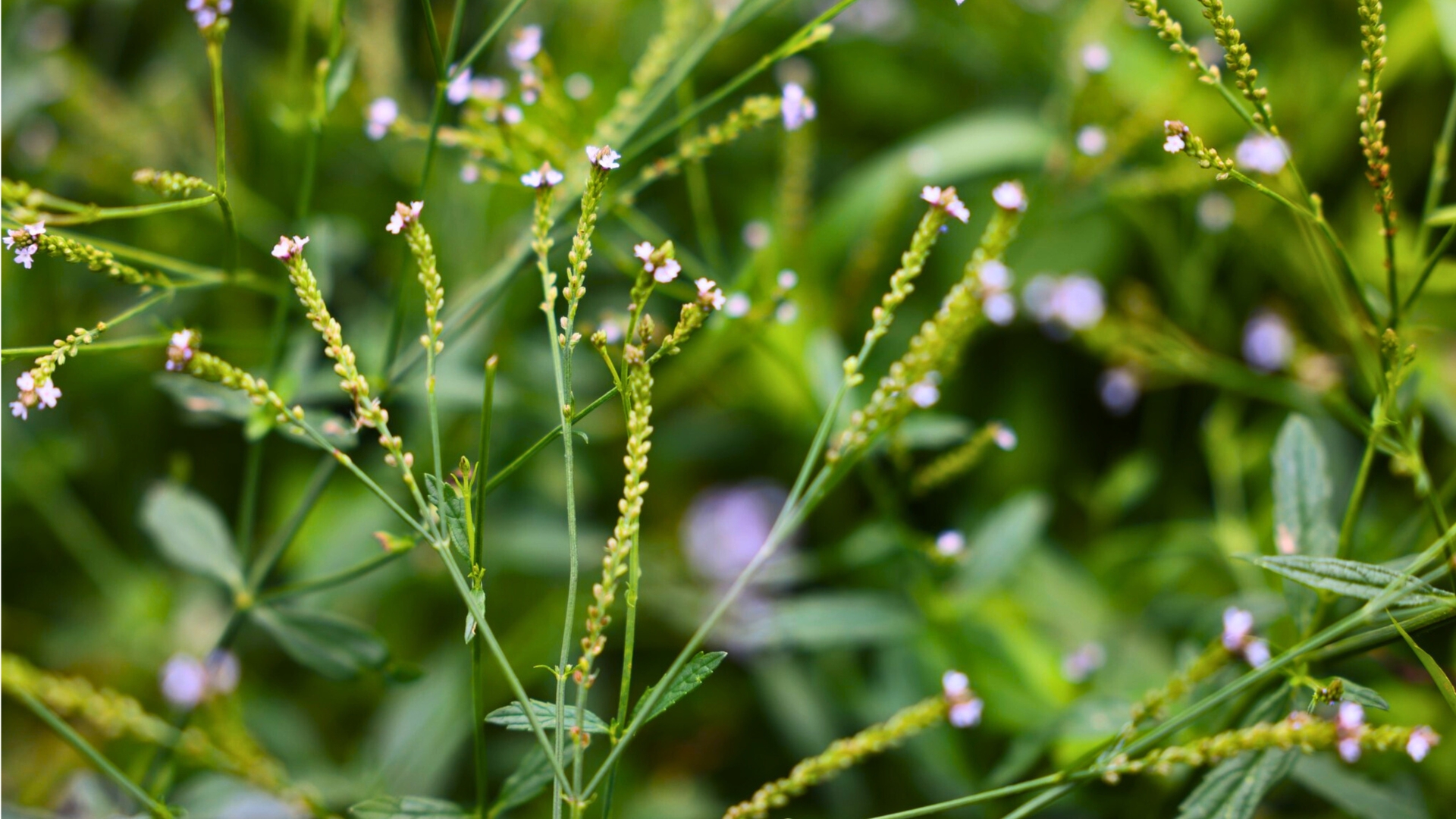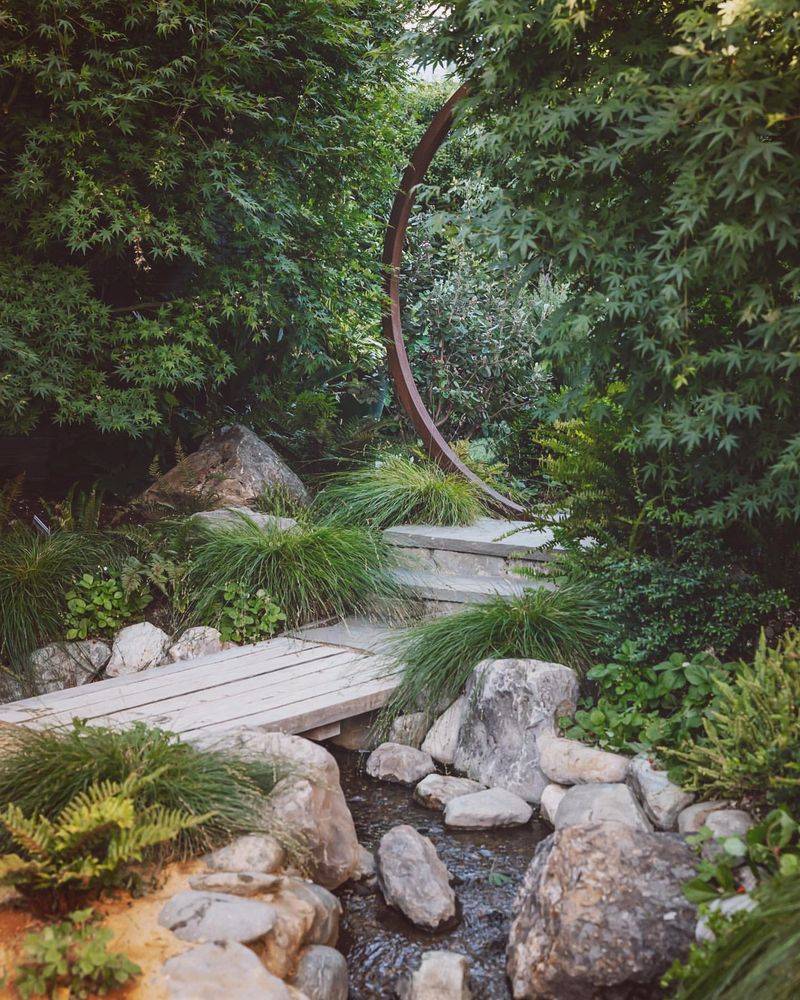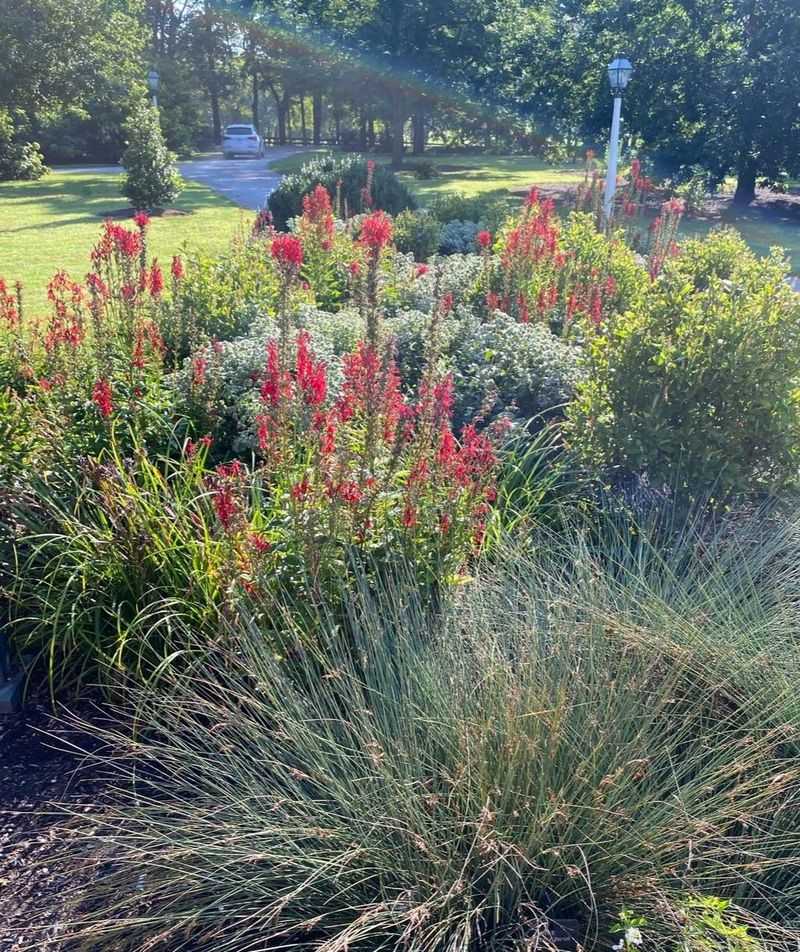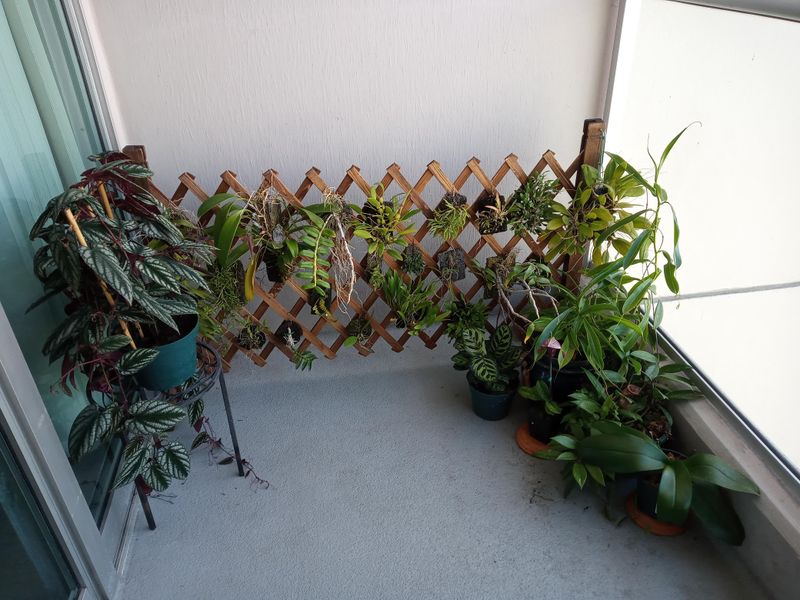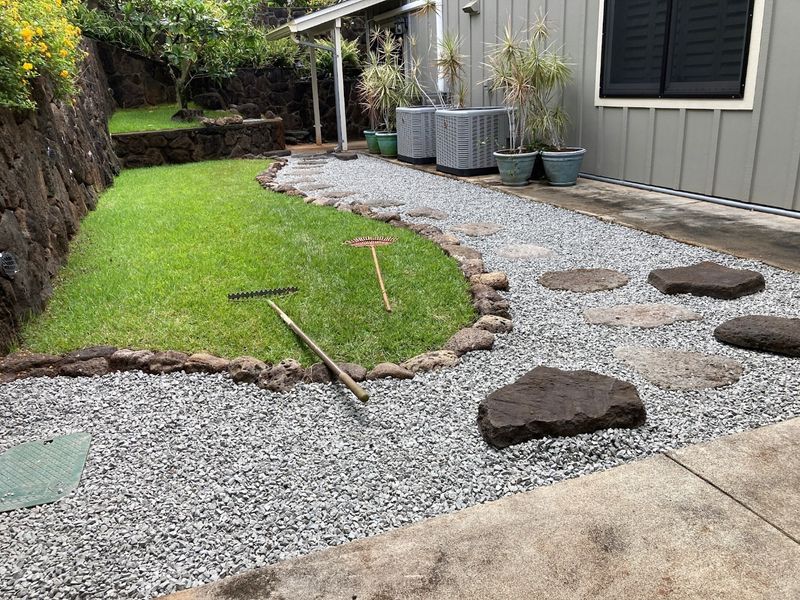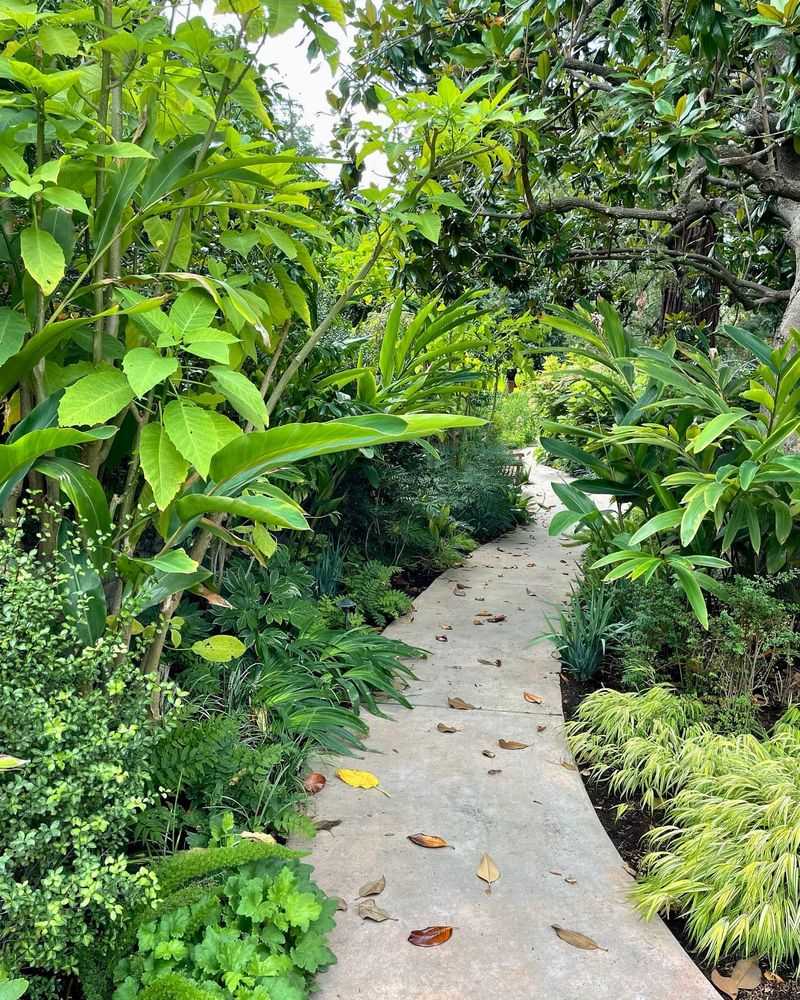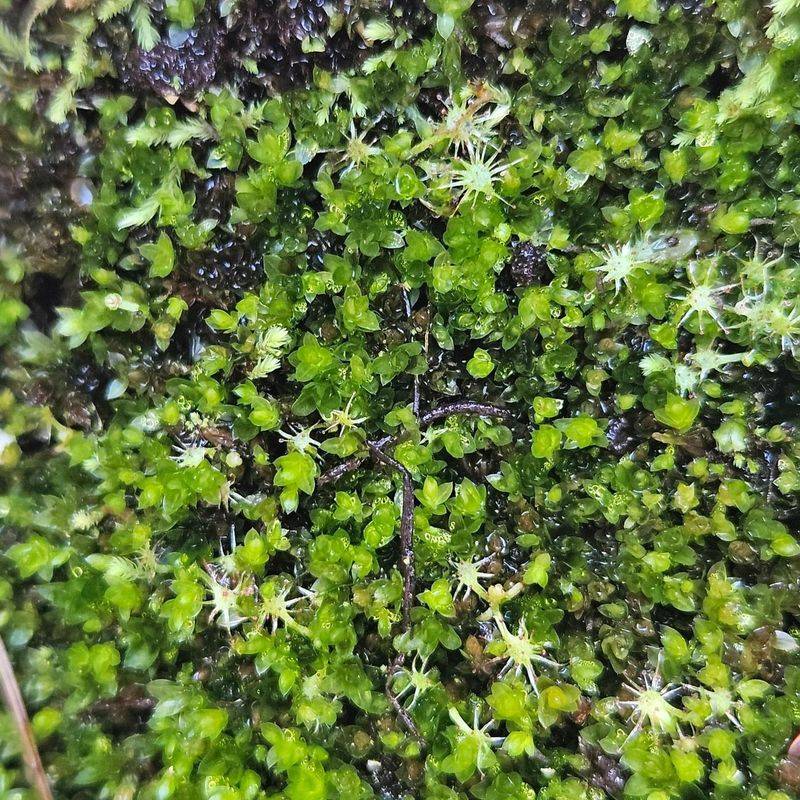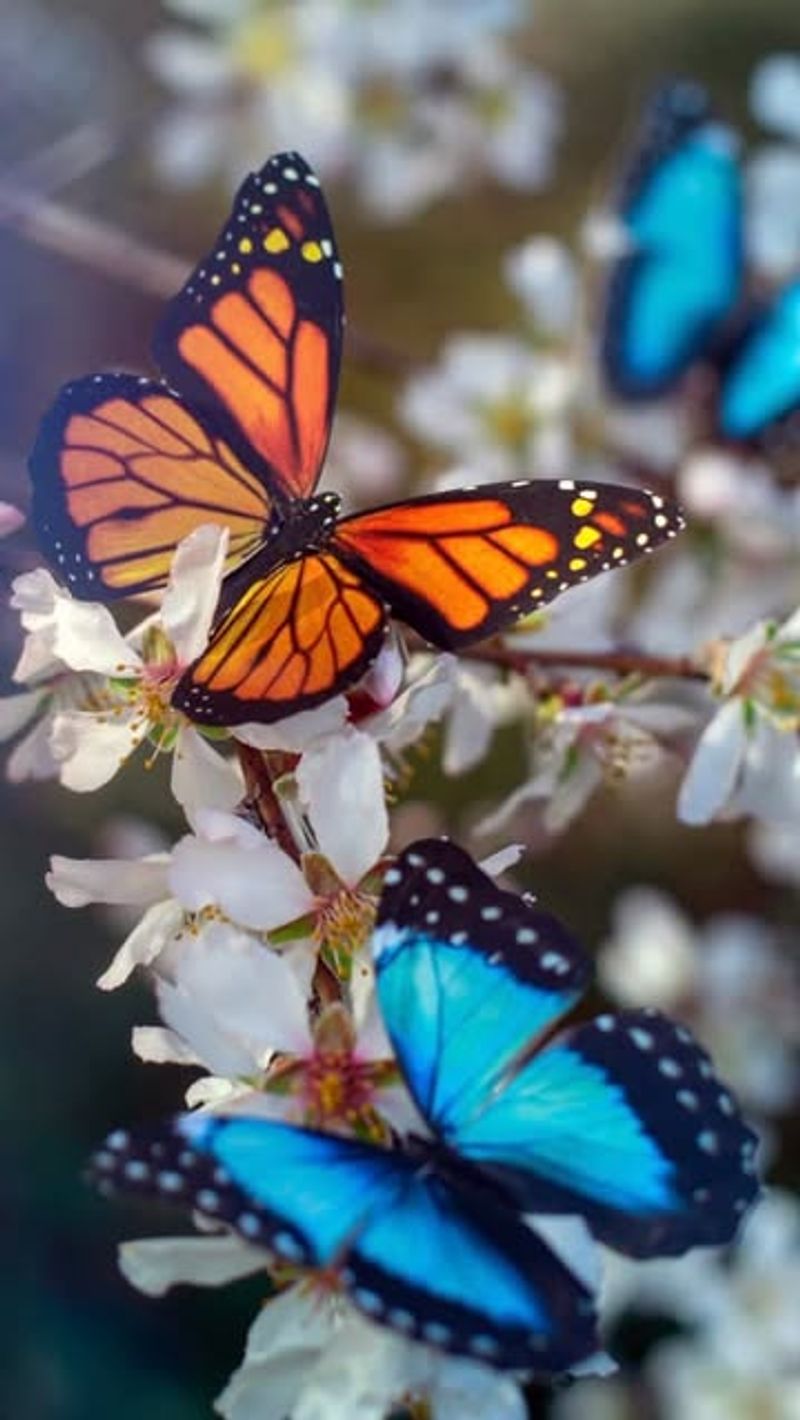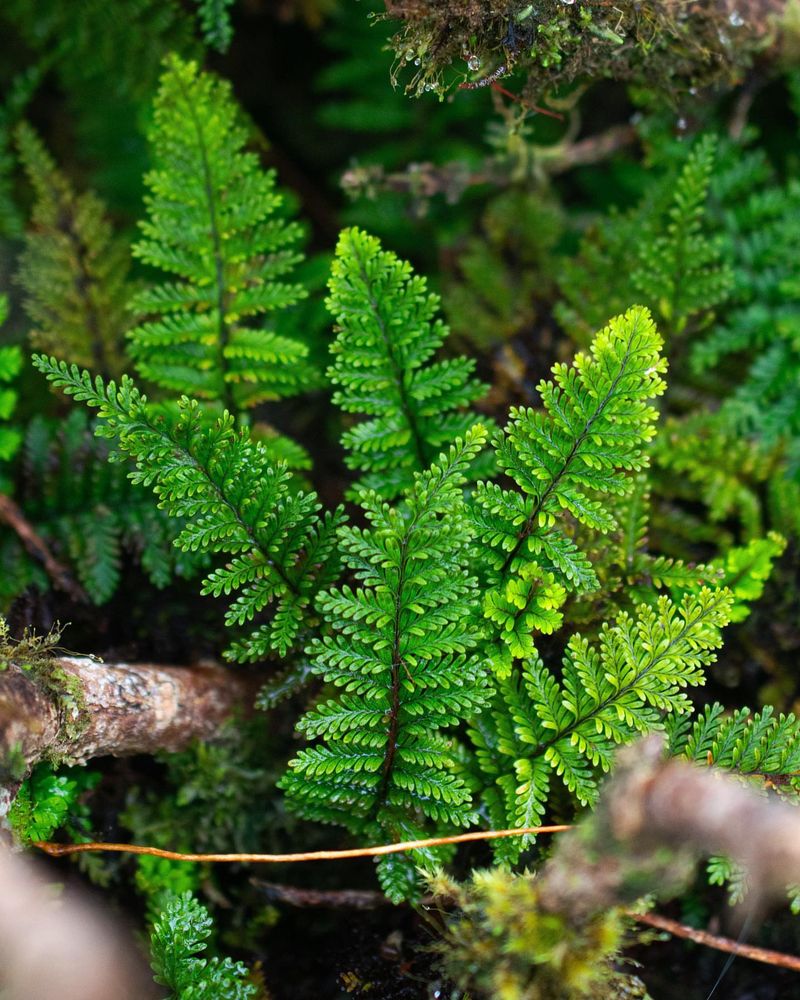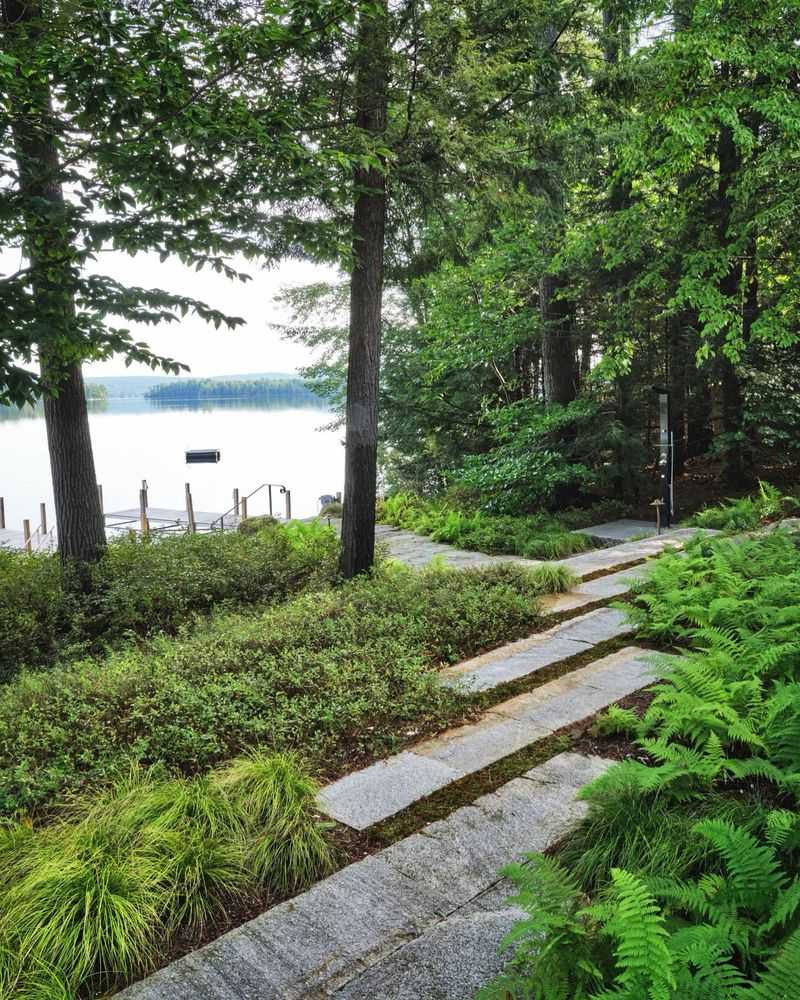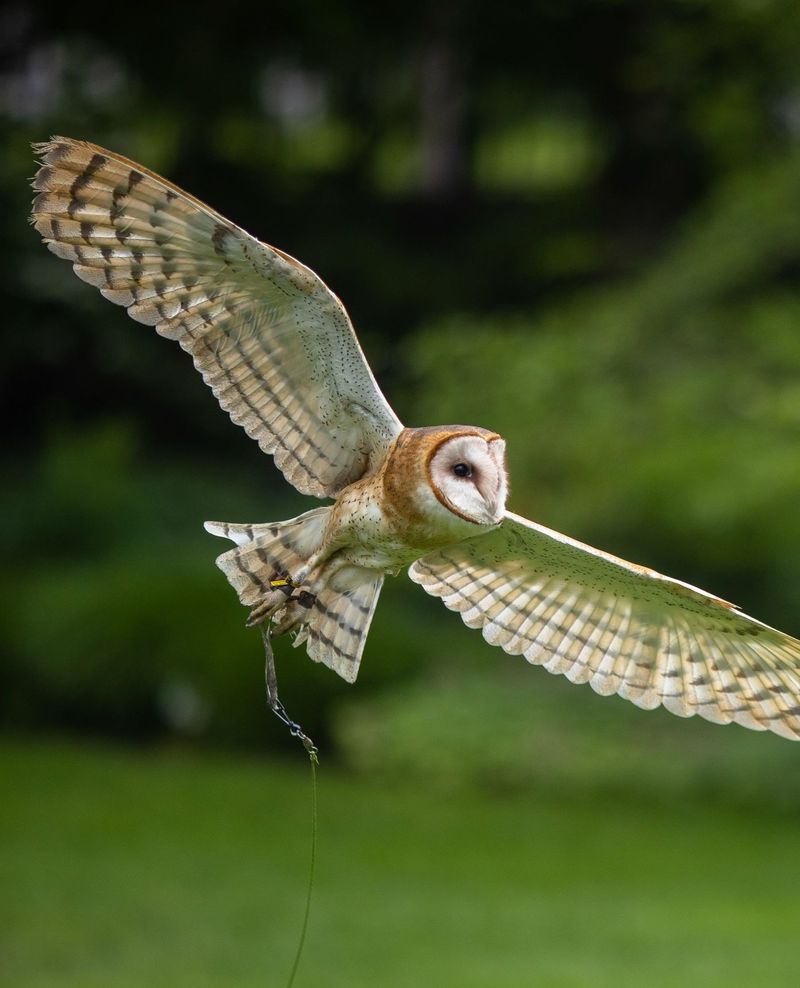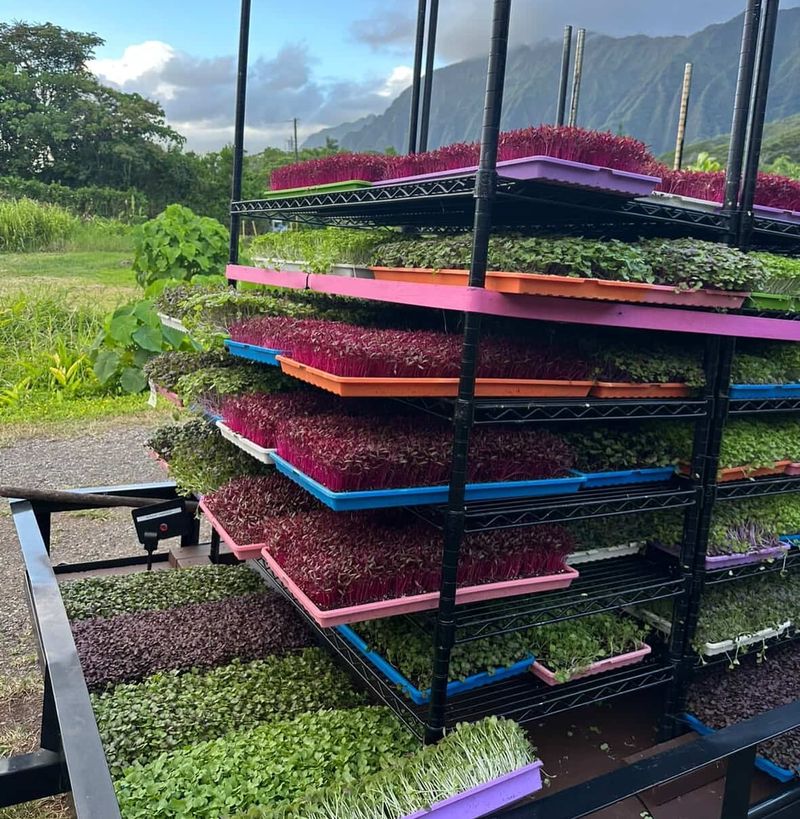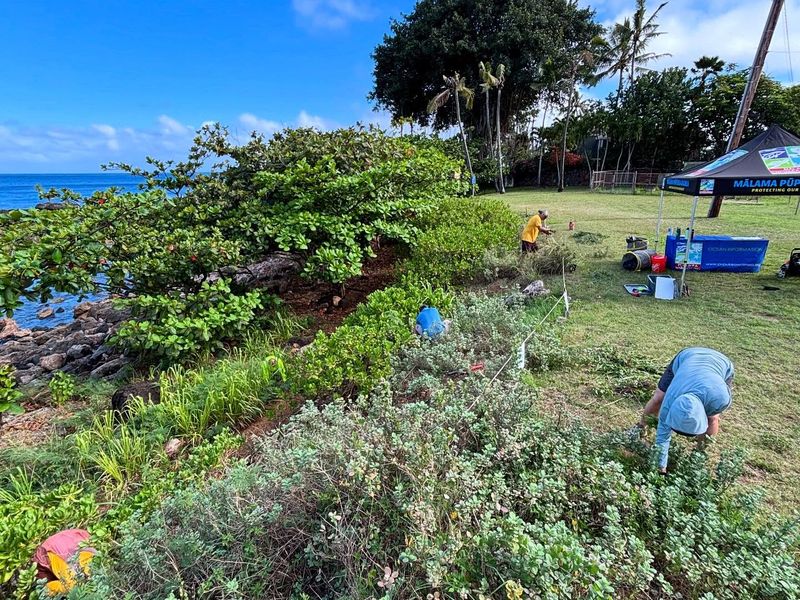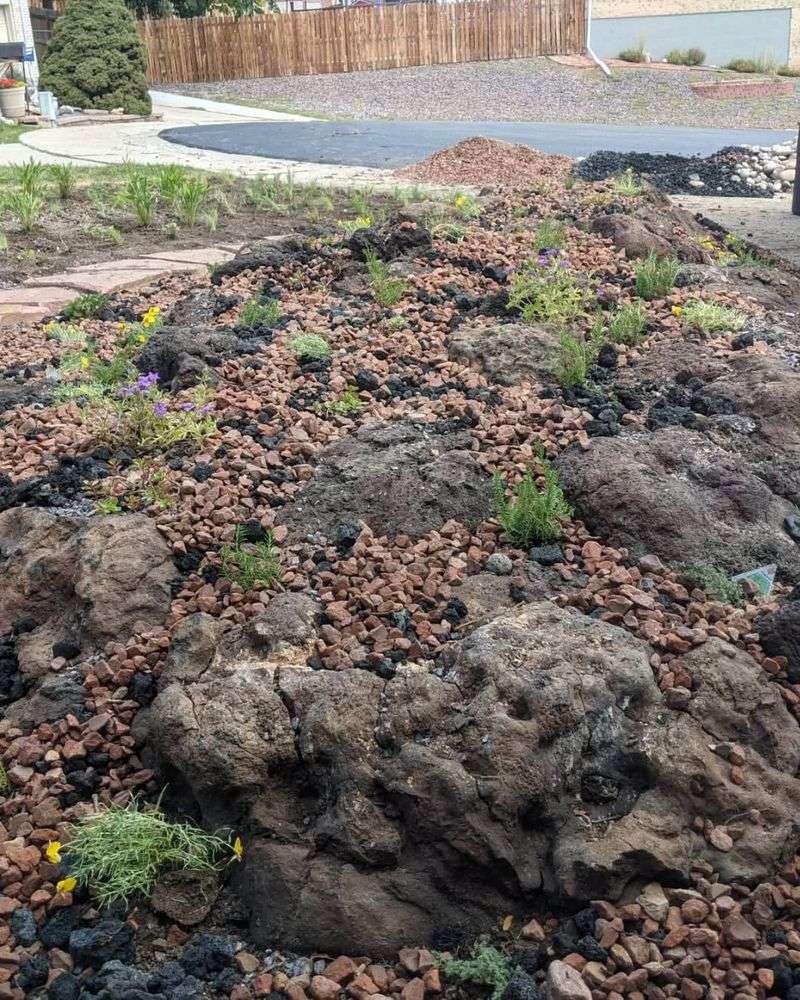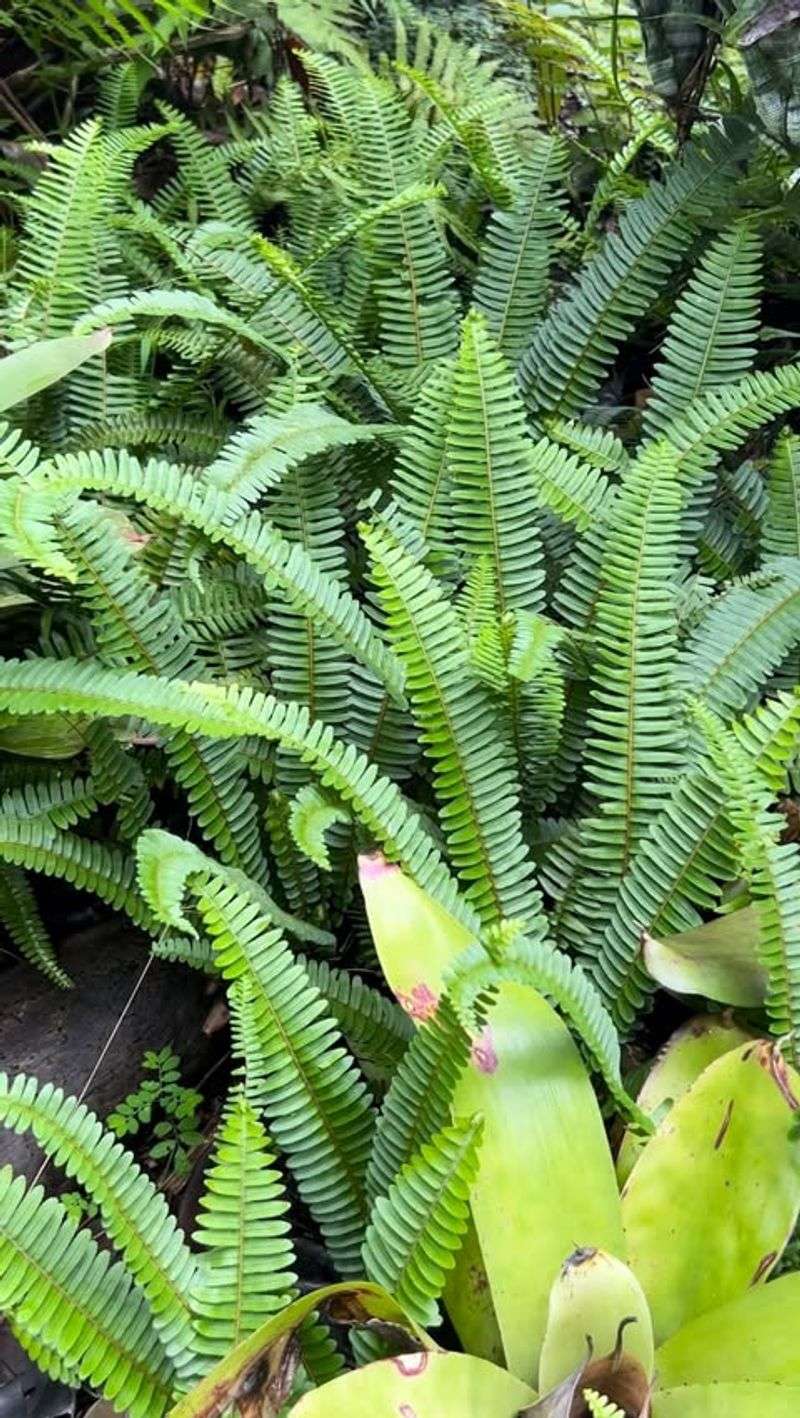I’ve always been fascinated by how a small patch of plants can change the feel of a garden, especially in a place like Honolulu. Creating a micro forest means picking the right mix of greenery that fits the space and climate without extra fuss.
It’s a way to bring a bit of natural layering and texture to your yard that feels relaxed and alive. Watching different plants grow together can be surprisingly rewarding, even in tight spots.
With some simple planning, you can create a green corner that feels fresh and inviting.
1. Native Canopy Layers
Hawaiian forests naturally grow in layers, with tall trees shading smaller ones. In Honolulu gardens, recreate this structure using koa or ‘ōhi’a lehua as upper canopy, with smaller trees beneath.
This vertical arrangement maximizes your space while creating diverse habitats. Many Hawaii residents find this layering technique creates cool, shaded retreats even in small garden corners.
2. Pocket Rain Gardens
Capture Honolulu’s abundant rainfall with strategically placed mini-depressions. Plant moisture-loving natives like ‘ākia and makaloa sedge to absorb runoff and prevent erosion during heavy island downpours.
These tiny wetland ecosystems clean water naturally before it enters the groundwater. Many Hawaii gardeners incorporate lava rock borders to define these special micro-habitats within larger garden spaces.
3. Vertical Forest Walls
Transform fence lines into living forests using mounted planters filled with native ferns and vines. The vertical approach maximizes growing space in tight Honolulu properties while creating privacy and cooling effects.
Hawaiian maile vines and ‘ēkaha ferns thrive in these systems with minimal soil. The vertical orientation allows Hawaii gardeners to incorporate forest elements even in the smallest urban courtyards or lanais.
4. Miniature Lava Field Gardens
Recreate Hawaii’s volcanic landscapes in miniature using lava rock, cinder, and pioneer plants that naturally colonize fresh lava flows. ‘Ōhelo berries and small ‘ilima shrubs bring authentic island character to these micro-habitats.
The contrasting textures of rough lava and delicate foliage create dramatic visual interest. Many Honolulu homeowners use these tough, drought-resistant gardens in sunny spots where other plants struggle.
5. Edible Forest Corners
Blend traditional Hawaiian food plants into your micro forest with dwarf varieties of breadfruit, mountain apple, and sweet potato. These productive mini-gardens connect you to island food traditions while providing fresh harvests.
Arrange plants with taller species on the north side to prevent shading. Honolulu’s year-round growing season means these compact food forests produce continually with minimal maintenance.
6. Container Micro Forests
Large pots become mini-ecosystems when planted with scaled-down forest communities. Choose dwarf varieties of Hawaiian favorites like koki’o and ‘a’ali’i that stay naturally compact for container life.
Group several containers of varying heights to mimic forest topography. Hawaii gardeners in Honolulu high-rises particularly appreciate these portable forest fragments that bring island nature to urban balconies.
7. Butterfly Micro Sanctuaries
Design tiny forest clearings filled with maiapilo and ‘ilima to attract Kamehameha butterflies, Hawaii’s state insect. These pocket sanctuaries provide essential habitat for native pollinators struggling in urban Honolulu.
Include small puddle areas where butterflies can drink minerals. Many Hawaii conservation enthusiasts track butterfly visits throughout the year, contributing valuable data to local wildlife monitoring programs.
8. Miniature Hawaiian Dryland Forests
Capture the magic of Hawaii’s endangered dryland forests in miniature using wiliwili, ‘ūlei, and pili grass. These drought-adapted plants thrive in sunny, well-drained spots with minimal water once established.
The silver and gold foliage creates a striking visual display. Honolulu gardeners appreciate how these water-wise micro forests remain beautiful through dry periods while honoring one of Hawaii’s most threatened ecosystems.
9. Moss Gardens with Native Accents
Transform shady corners into peaceful moss gardens inspired by Hawaii’s misty mountain forests. Different moss varieties create a lush carpet, while small native ferns and miniature ‘ōhi’a add vertical interest.
Small volcanic stones provide elevation changes and drainage. These contemplative spaces bring Honolulu gardeners the peaceful essence of Hawaii’s remote mountain forests in just a few square feet.
10. Bird-Friendly Micro Thickets
Dense plantings of berry-producing natives like ‘ūlei and ‘ākia create perfect hideaways for Hawaii’s birds. The protective thicket structure provides nesting sites and food sources in a compact garden footprint.
Arrange plants in a bowl shape—taller in back, shorter in front. Honolulu bird enthusiasts report increased visits from native honeycreepers and introduced species in these protective micro-habitats.
11. Medicinal Hawaiian Plant Corners
Honor traditional Hawaiian healing by creating a micro forest of medicinal natives like māmaki, ‘awa, and noni. These cultural treasures connect Honolulu gardens to ancient island wellness practices while providing useful remedies.
Arrange plants by height with good air circulation to prevent disease. Hawaii’s rich healing traditions come alive in these compact gardens that preserve important cultural knowledge in modern urban settings.
12. Coastal Micro Dunes
Recreate Hawaii’s beach ecosystems in miniature using sand, shells, and salt-tolerant natives like pōhuehue and ‘aki’aki grass. These tough plants thrive in Honolulu’s sunny spots while honoring the island’s coastal heritage.
Small driftwood pieces add natural sculpture elements. Hawaii coastal gardeners particularly value these low-maintenance micro-ecosystems that withstand salt spray and strong winds in oceanfront properties.
13. Pocket Rock Gardens
Arrange volcanic rocks of different sizes with crevice-loving natives like ‘ihi and small ‘ilima to create miniature mountain landscapes. These water-efficient designs capture Hawaii’s dramatic geology in just a few square feet.
The rock structure creates microhabitats with varying moisture levels. Honolulu gardeners find these low-maintenance pocket ecosystems particularly suitable for hot, exposed areas where other plants struggle.
14. Fern Gully Miniatures
Transform narrow, shaded spaces between buildings into magical fern grottos using Hawaii’s diverse native species. The varied textures and forms of ‘ama’u, hāpu’u, and pala’ā create lush tapestries in minimal space.
Small water features enhance humidity for optimal growth. Many Honolulu apartment dwellers use these compact fern communities to turn narrow, previously unusable spaces into cool, tranquil retreats reminiscent of Hawaii’s hidden valleys.

